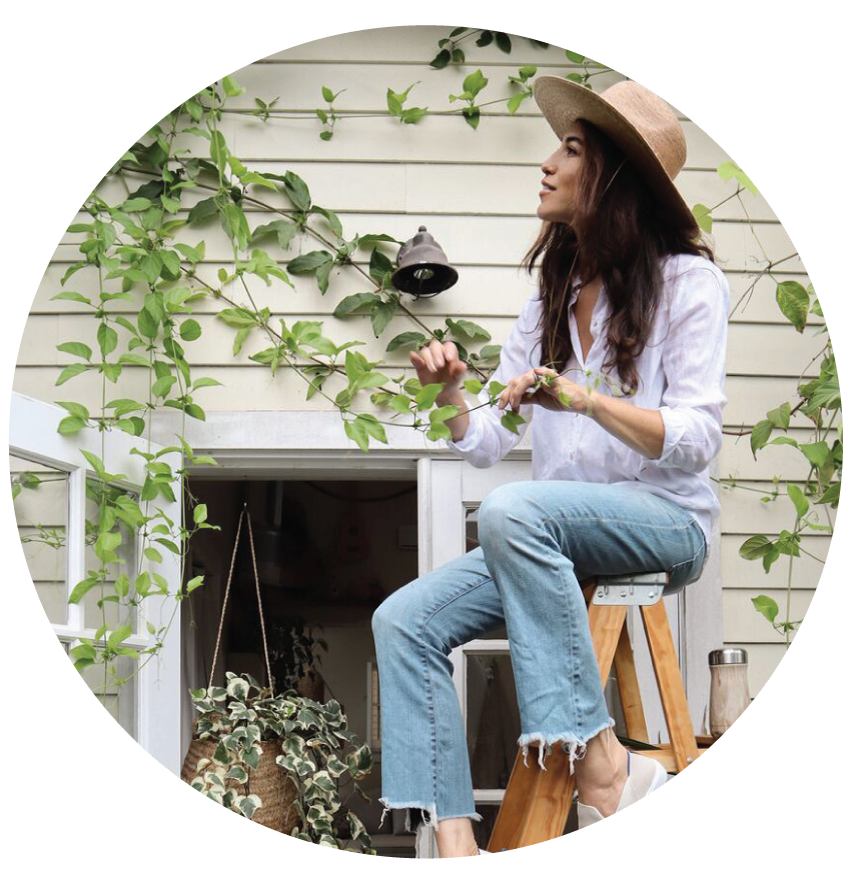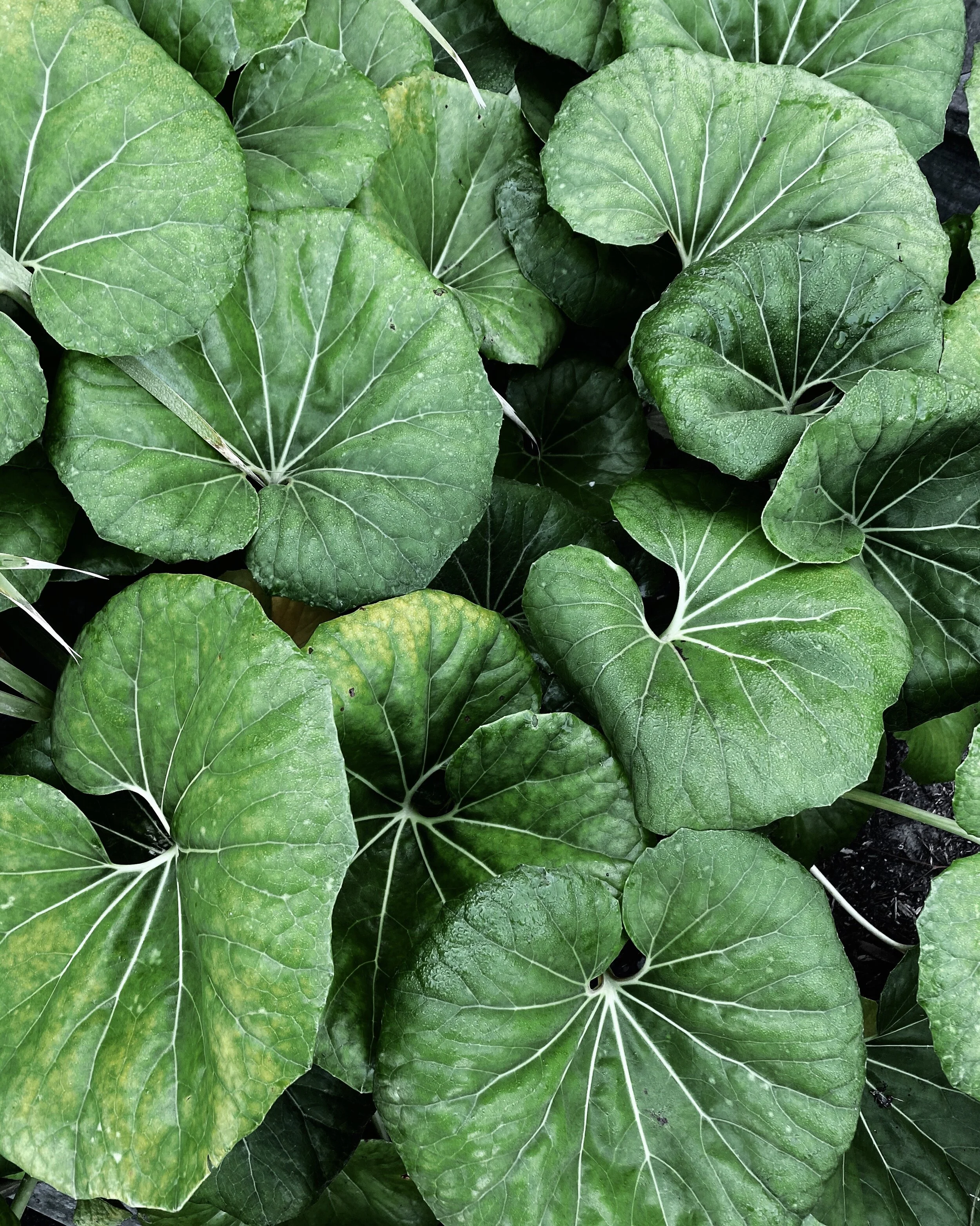Cloth Diapering (Again!)
We used cloth diapers with our first child, and are happy to return to a slightly modified version of our diapering routing with our newborn. While they’re a financial investment up-front, they end up saving money over time, in our experience.
It's estimated that disposable diapers make up over 2% of the garbage in American landfills each year-- that's millions of tons. One of the key criticisms of cloth diapers is that they require an increase in water to wash, but that amount of water is far less than the amounts required to manufacture new diapers and packaging— to say nothing of the toll of transport and disposal of single-use goods. Parts of cloth diapers must be washed after every use, but shells from hybrid styles can be used multiple times in a row, depending on the circumstance. If a cloth diaper is well maintained, it can be put to use for years and passed on to other families.
Here is a simple run-down of our process and resources.
Diapers
We use Grovia all-in-one cloth diapers. Since it’s not recommended to go more than 2-3 days between washing, we find that we need about 10. We have the newborn styles (which we’ll soon pass on to a friend and/or a Buy Nothing Group), and about 15 of the larger size, which get more use since they are adaptable and grow with the child.
Cloths
We’ve collected reusable cloths over the years, and have a stack of about 25 for diapering. Grovia cloths are super soft and gentle, and we also use some we sourced via Etsy.
Turning Cloths into Wipes
For a gentle alternative to conventional baby wipes, we spray this all-purpose solution onto a moist cloth. We also have a stack of Water Wipes in case we’re out of any supplies, or if we’re on-the-go.
Changing Surface
We prefer Gathre mats for changing, and always have 1 hand on the baby since there are no safety straps. We have one padded mat, and one foldable mat that can be used on softer surfaces.
Rinsing + Storing (after use / pre-laundry)
After changing the baby and relocating her to a safe spot, we rinse soiled diapers above the toilet with a handheld sprayer / bidet nozzle. This ensures that no major messes make it into the washer/dryer. (It takes about 5-10 minutes to install, and works with most toilets.)
Mop Bucket
We temporarily store rinsed, used diapers in an open-top mop bucket (which we suspend from a shower curtain rod in order to save space) so they can breathe. After emptying the bucket for laundry, I spray the container with an all-purpose, non-toxic solution and let it sit while starting the wash wash. Then I wipe out the bucket with a washable cloth so it’s clean and ready for the next round.
Solids
To catch solids (to then dispose of in the toilet), we prefer bioliners. They’re not zero waste, but compared to a full disposable diaper, these dryer sheet-sized liners aren’t hugely wasteful and make cloth diapering much more doable for folks who wash at home. One roll of liners lasts a long time.
Laundry
After removing fecal matter from diapers via our rinse method (outlined above), we run diapers on rinse/spin cycle on cold with no detergent. Then we wash using hot water and 1 Tbsp of concentrate, and 1-2 scoops of Oxygen Boost. (I personally am not obsessed with keeping the diapers pure white. As long as they’re clean, I’m not bothered by slight discolorations when they happen.)
Drying
When possible, we dry the diapers in the sun on our retractable clothing line. It helps bleach the cloth while saving energy.
Travel / Diaper Bag
We tote a zippered wet bag around for used diapers while on-the-go.
Averting Fuss
Our newborn is too young to require entertaining during changes. However, when our son was of an age when he needed some entertainment to get him through the cleanings, we showed him musical greeting cards that folks had sent him over time. They offered plenty of amusement with no need for a screen.














